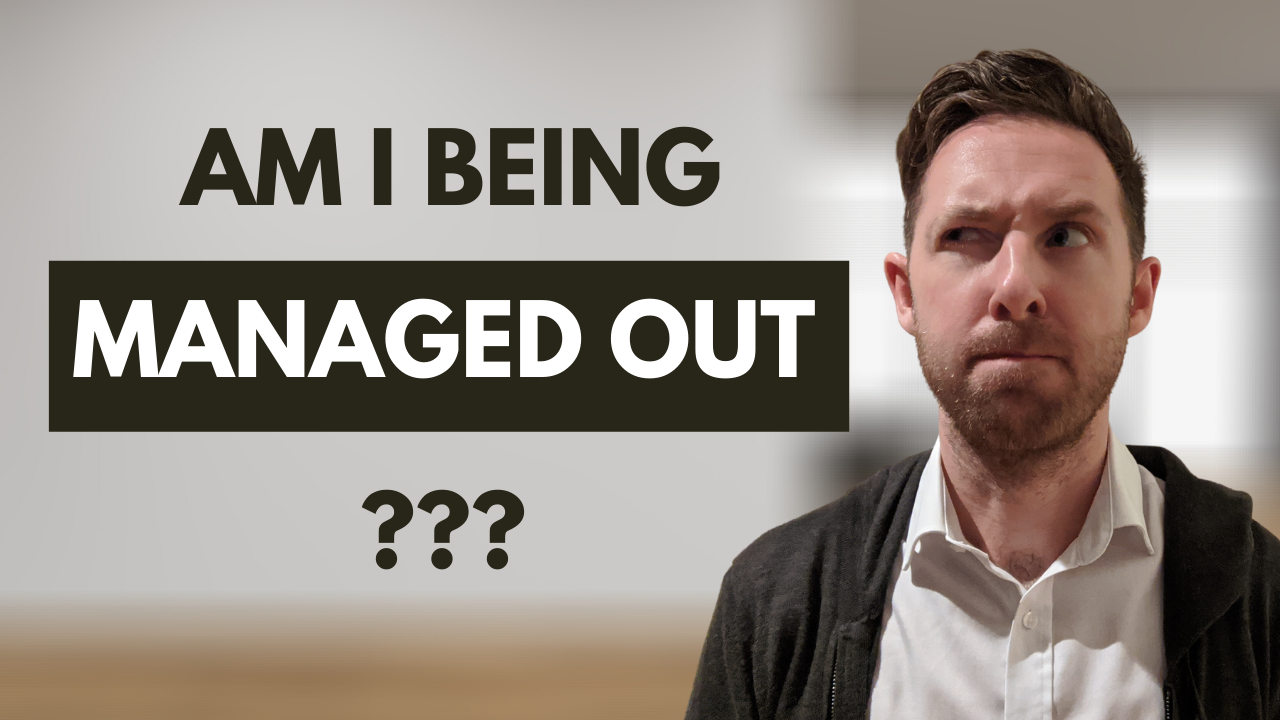2 Research backed teamwork skills that anyone can implement quickly
Is it optimal to have a team of high performers working together? Does the team need to be good friends? What are the two things that cohesive teams do? What is the number one factor that determines a team's effectiveness?
Google have spent millions on research, training programs and business strategies with the hope of fostering optimal team environments. Many of the studies were inconclusive or ineffective, suggesting that there is no formula for making a rock-solid team.
Then, in 2015 Laszlo Bock, Head of People Operations at Google announced the results of research called Project Aristotle, which they had been collecting for two years previously. At a presentation of the research, the Head of People Operations at Google said:
“It’s important that everyone on a team feels like they have a voice, but whether they actually get to vote on things or make decisions turns out not to matter much”
Easier said than done you might think, but some leaders at Google are said to make checkmarks beside people’s names each time they speak so that they make sure they are getting a chance to speak and that they feel listened to. Other common actions are responding to what the person said or repeating a part of what they said to show that they are being listened to - also known as active listening.
In her TED Talk, businesswoman Margaret Heffernan tells a story about the same principles:
“A team at MIT took to research. They brought in hundreds of volunteers, they put them into groups, and they gave them very hard problems to solve. And what happened was exactly what you’d expect, that some groups were very much more successful than others, but what was really interesting was that the high-achieving groups were not those where they had one or two people with spectacularly high I.Q. Nor were the most successful groups the ones that had the highest aggregate I.Q. Instead, they had three characteristics, the really successful teams. First of all, they showed high degrees of social sensitivity to each other… Secondly, the successful groups gave roughly equal time to each other, so that no one voice dominated, but neither were there any passengers. And thirdly, the more successful groups had more women in them ”
To sum up, the first key to successful teams is the need to feel ‘psychologically safe’. And the way to do this is to develop key norms. Charles Duhigg, author of “Smarter, Faster, Stronger” describes the norms that Google’s surveys highlighted as most effective: 'allowing others to fail without repercussions, respecting divergent opinions, feeling free to question others’ choices but also trusting that people aren’t trying to undermine you'. In other words, we don’t want to be criticised, blamed or made look stupid.
The second is that each person on the team is given roughly the same amount of time to speak. This allows team members to feel that they are significant and that their opinions matter, even if they are not at the top of the ladder.
And that's it! Two simple teamwork skills that anyone can implement for free.
References
Heffernan, M. (2015) Forget the pecking order at work. Available at: https://www.ted.com/talks/margaret_heffernan_why_it_s_time_to_forget_the_pecking_order_at_work (Accessed: 13 February 2017).
Duhigg, Charles. Smarter Faster Better: The Secrets of Being Productive. Random House. Kindle Edition.









